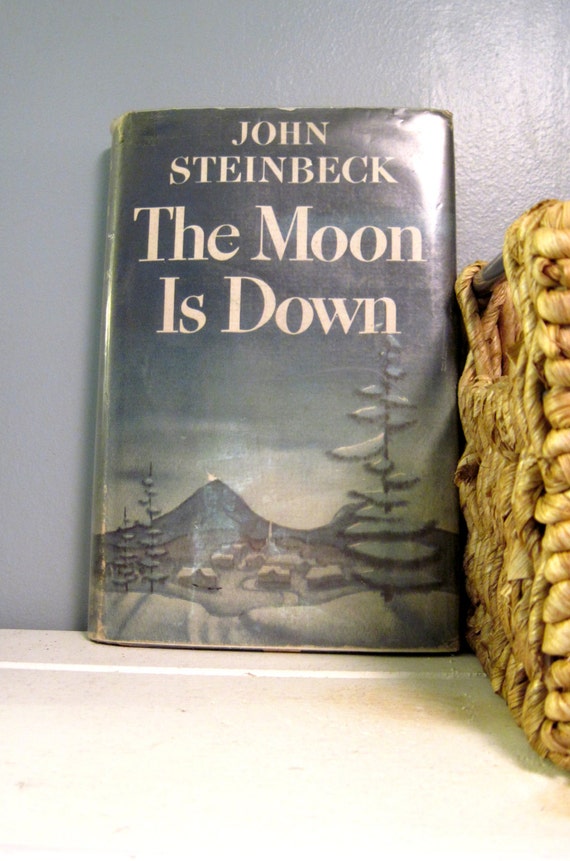
The invasion proceeds without much bloodshed. Even though the invading country’s name or leader is never mentioned, we all know who Steinbeck’s referring to. The story is set in an unnamed country, but the similarities with Norway are striking: the climate, the turncoat Prime Minister (Quisling) and the pitiful military response to the invasion. Judging by its success, it must have played a role in mobilising resistance and keeping up morale. The book would become one of the most read underground novels of the war, with thousands of copies printed clandestinely in France, Denmark, Norway, Belgium and the Netherlands. In 1941, Steinbeck wrote The Moon is Down, which is largely based on conversations with people who’d fled their occupied countries. He’d noticed the Fascists’ clever use of propaganda and urged the precursor to the CIA, for whom he worked, to create their own. Steinbeck, a world famous author by the start of the war, was deeply concerned about the rise of Fascism in Europe.

The story behind The Moon is Down by John Steinbeck World War II novel is as fascinating as the book itself.


 0 kommentar(er)
0 kommentar(er)
